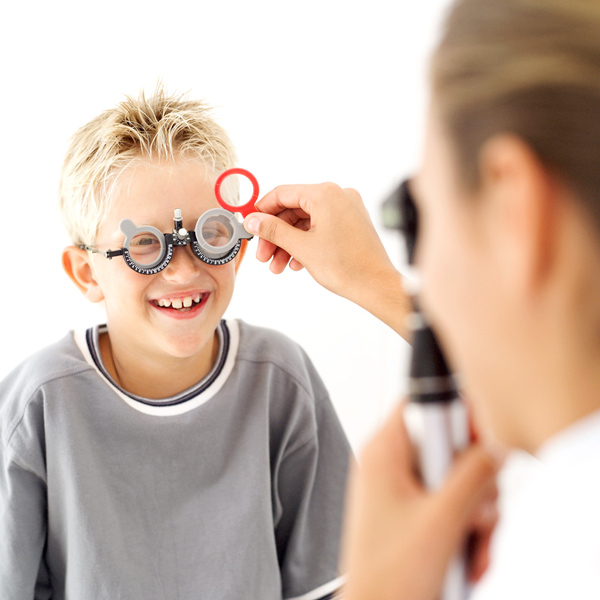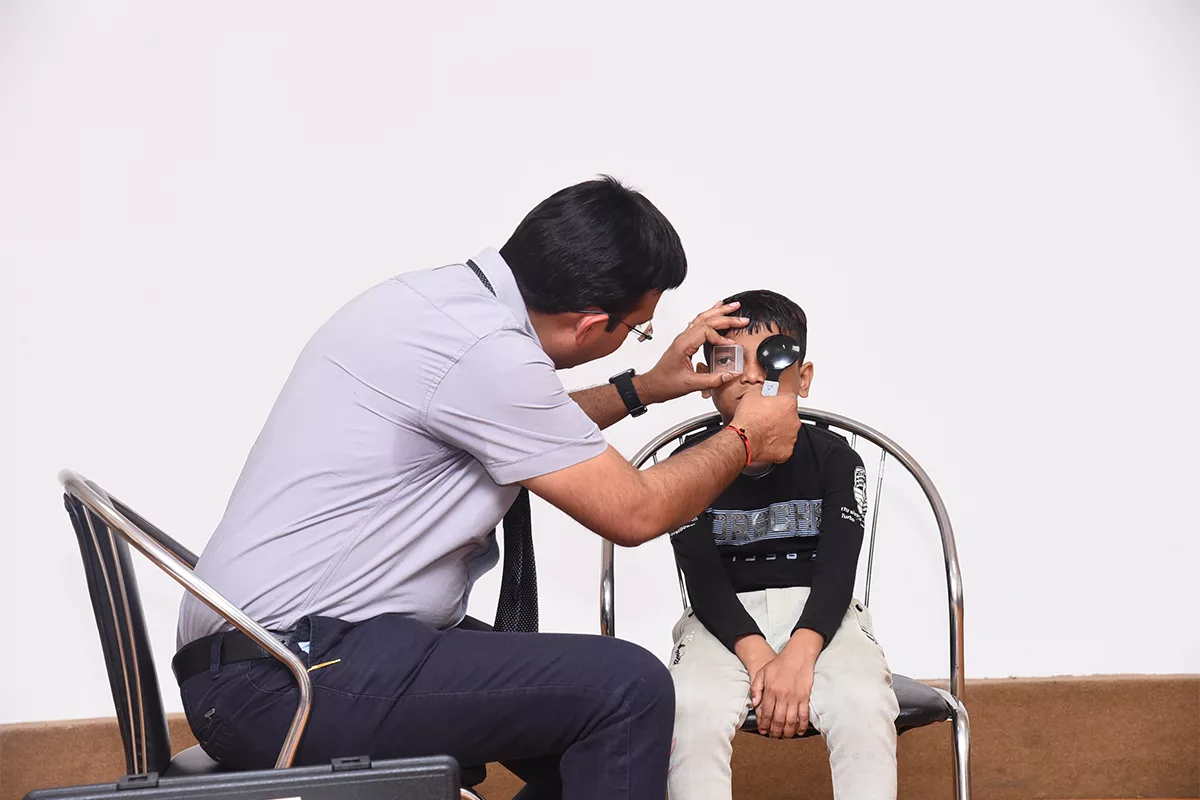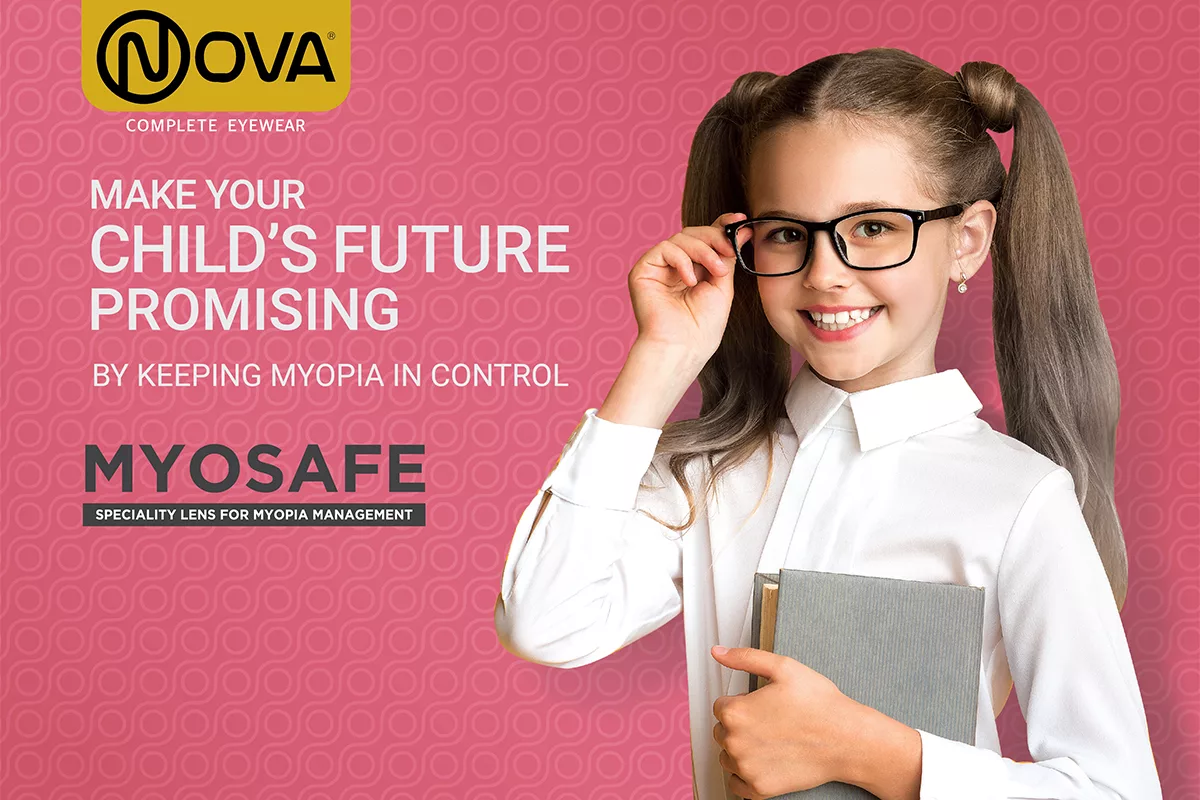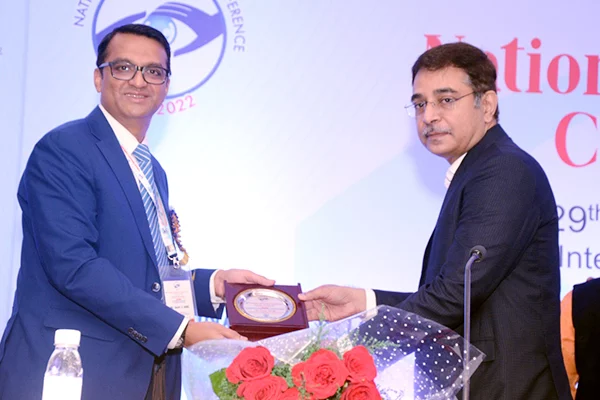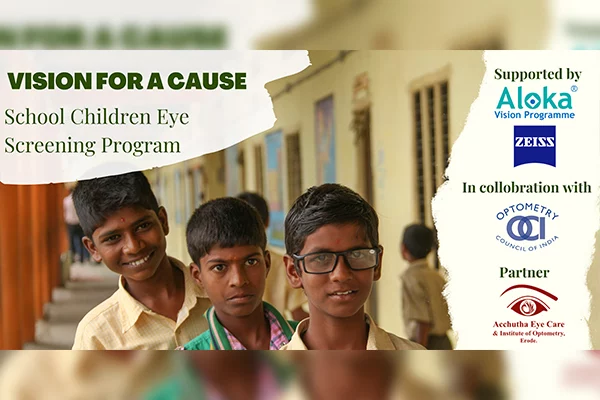Dr. Akshay Badakere, Pediatric Ophthalmologist, L V Prasad Eye Institute, Hyderabad talks about common eye disorders in children
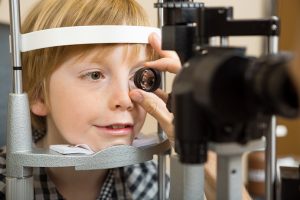 The most common eye disorders affecting children are –
The most common eye disorders affecting children are –
- Refractive errors
- Myopia or short sightedness
- Hyperopia or Long sightedness
- Misaligned eyes or Squint
- Amblyopia or lazy eye
- Childhood cataracts
- Red/ Pink eye or conjunctivitis
- Eye watering or Nasolacrimal duct obstruction
- Tumors of the eye
Refractive errors
As against common perception these do not indicate weak eyes. These are just eyes that need a little help with glasses to help the child see better. If not identified on time it can lead to lazy eye or amblyopia.
Squint– these are crossed or misaligned eyes
Parents generally have this perception that if their child has squint then the only solution is surgery. It’s ideal to visit pediatric ophthalmologist who will then perform a detailed eye examination on the child. Children with squint can be helped with just a pair of glasses, not everyone will require surgical treatment.
Lazy eye– also known as amblyopia –
This means one or both eyes have subnormal vision, in the absence of any structural problem in the eye. These conditions lead either to a poor image formation in the affected eye or a difference in the images perceived by both eyes. Hence, the normal process of visual maturation remains incomplete. This can go unnoticed for a long time and could be a potentially blinding condition.
Childhood cataracts– these can be seen as a white opacity in the child’s eye. It can form at the time of birth, at any time during childhood or rarely if the child is on steroids for allergy or asthma. It can also develop after an eye injury.
Red/ Pink eye – commonly known as ‘Madras Eye’ is generally caused due to viral or bacterial infections. If your child’s eye is red, watery and itchy then probably your child has Conjunctivitis. Please consult your eye doctor and keep the child at home, away from school till the infection subsides.
Eye watering or duct obstruction- You should suspect this when you notice passive watering from the child’s eye. Your eye doctor can teach you how to massage the duct area which can help this condition. Rarely the drainage system may need to be opened up by surgery.
Tumors of the eye– Parents need to suspect this when they notice whitish discoloration inside the eye. If these disorders are diagnosed on time, they can be treated completely.
Detailed below are some signs of vision problem in children –
- Children unable to read from the blackboard
- Holding books close to the face
- Noticing that one eye of the child tends to deviate either outwards or inwards
- Tends to hold the face either to the right or left side or tends to tilt chin upwards or downwards
- Photos showing a whitish reflex from either or both eyes
- Tends to avoid darkness or closes eyes in bright light
What can be done?
- If you notice any of the signs mentioned above please consult an eye doctor
- Take your child to an eye doctor for a periodic eye exam at least once a year
- Encourage outdoor activity
- Discourage use of laptops, smartphones, tablets- restrict it to less than 1 hour daily
- If glasses are prescribed by the eye doctor please ensure that the child wears them
- Even the most difficult of eye problems can be helped if parents approach their eye doctor on time
Good nutrition, lots of exercise and having a well- balanced lifestyle certainly help children’s eyes stay healthy. Achieving a balance in daily activities can also protect children from eye strain.

